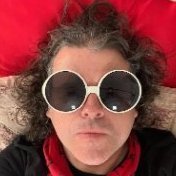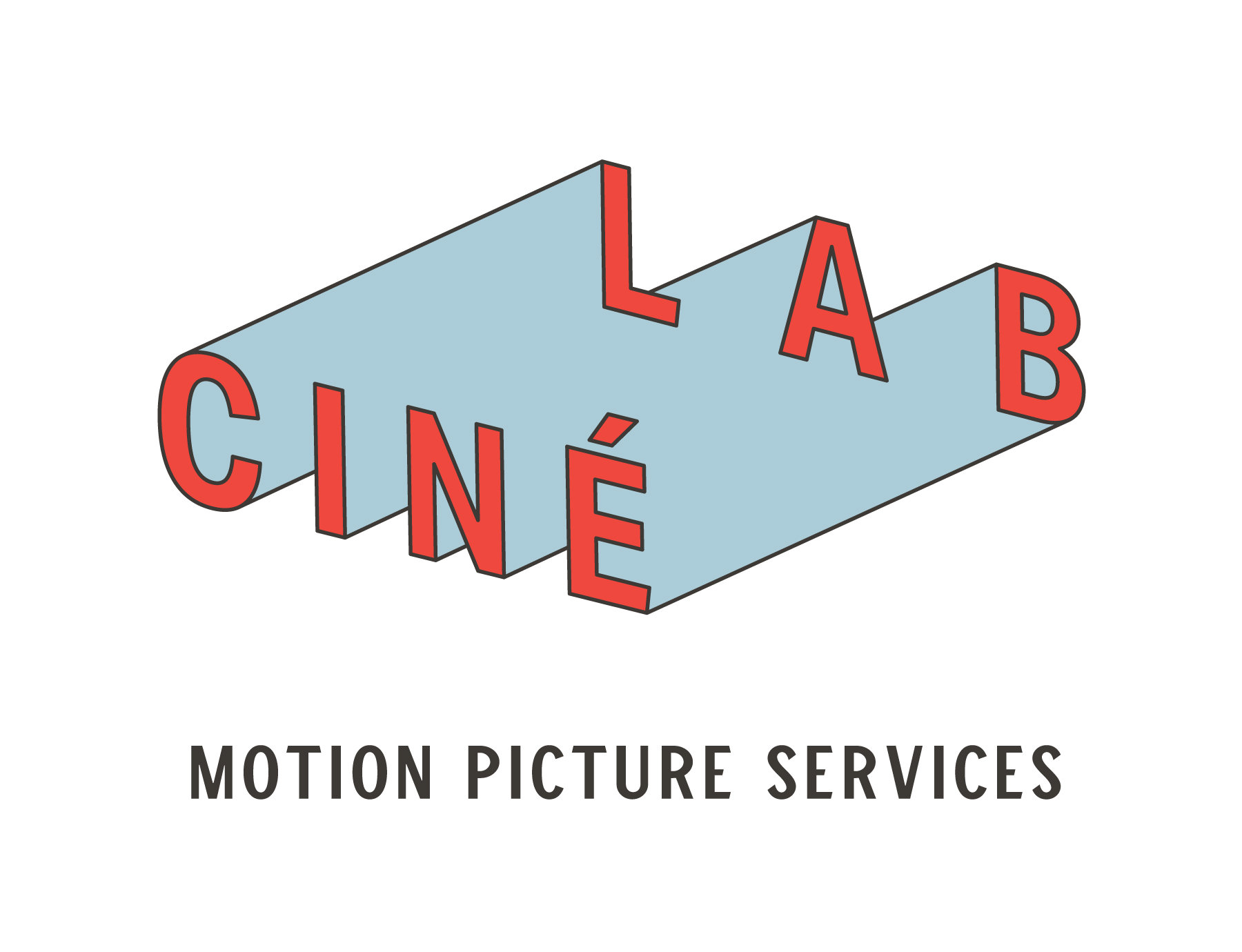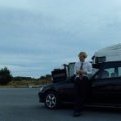-
Posts
2,365 -
Joined
-
Last visited
About Robert Houllahan

Profile Information
-
Occupation
Industry Rep
-
Location
Providence / East Coast /Globe
-
My Gear
Film Lab / XTRprod / PhotoSonics 16mm / Nikon R10/ More Film Cams /C500 / Komodo
-
Specialties
All Analog Film work and processes / 16mm and slow motion 16mm analog film / Interviews / Music Videos /
Contact Methods
-
Website URL
http://www.cinelab.com
Recent Profile Visitors
-

Interpreting this Sensitometric Curve
Robert Houllahan replied to Chelsea Craig's topic in Film Stocks & Processing
It sells itself honestly. -

Interpreting this Sensitometric Curve
Robert Houllahan replied to Chelsea Craig's topic in Film Stocks & Processing
Allot of productions especially Music Videos and Commercial spots are recording to film and re-scanning for the look. I know the Colorist Mafia will way they can do it with a LUT but that has not proven to really be the case and there are hundreds of recordings we have done for this purpose. -

Interpreting this Sensitometric Curve
Robert Houllahan replied to Chelsea Craig's topic in Film Stocks & Processing
I am working on having two gates for it right now a Std 16mm which is what we have been recording with and I got a whole Mitchell 16mm movement with the gate I am having EDM cut to S16mm so I can offer both Std 16mm or Super 16 -

Interpreting this Sensitometric Curve
Robert Houllahan replied to Chelsea Craig's topic in Film Stocks & Processing
I will post some 16mm recording wedges from other stocks next week for comparison, the Kodak vision stocks perform much better. -

Interpreting this Sensitometric Curve
Robert Houllahan replied to Chelsea Craig's topic in Film Stocks & Processing
The Mitchell camera I built the 16mm film recorder around is converted to 1R and is generally very stable / steady with Kodak film. The Orwo perforations are not well punched and that makes this test a bit less stable than a typical recording on Kodak would be. I record at about 2FPS on this system from DPX frames. -

Interpreting this Sensitometric Curve
Robert Houllahan replied to Chelsea Craig's topic in Film Stocks & Processing
I actually used this roll to record a music video today that was shot on MiniDV and then I recorded it to the NC500 and it is a weird dirty but really kind of cool look. I setup the recorder basically the same as I would record 250D in terms of exposure time. Here is a link to the 2.5K ProRes444 scan. https://drive.google.com/file/d/1dTjtvhzJ38iYqzm8B3dWywCyzHxtrCGi/view?usp=sharing -

Interpreting this Sensitometric Curve
Robert Houllahan replied to Chelsea Craig's topic in Film Stocks & Processing
-

Interpreting this Sensitometric Curve
Robert Houllahan replied to Chelsea Craig's topic in Film Stocks & Processing
Trying to get to it hopefully tomorrow. Lab ahs been busy and our office man has been out with flu so I have had to fill in there. -

Dye Fade Tool in Diamant Restoration Suite
Robert Houllahan replied to Todd Ruel's topic in Post Production
As far as I understand it the AI frame gen is included in the permanent license price. I ran it on a Xeon E5-2699 CPU X99 system with a new RTX 3080Ti GPU and it did not lag or feel clunky despite the X99-Xeon being a bit older CPU and chipset. -

Dye Fade Tool in Diamant Restoration Suite
Robert Houllahan replied to Todd Ruel's topic in Post Production
OK so similar to MTI DRS Nova pricing only a bit more for the permanent license. Screw subscriptions especially for software like this I don't really want to even look at Phoenix. I just used the 30 day trial of MTI DRS to do a restoration on a 1984 16mm film about Phillipe Petit with a Philip Glass soundtrack and the A&B rolls had extensive issues with the cement bleeding onto other areas of the film as the rolls were wrapped / taken up when the negative conformer cut it. I really liked using DRS it worked very well and was very easy to learn and seems to have a pretty great deep feature set. -

Dye Fade Tool in Diamant Restoration Suite
Robert Houllahan replied to Todd Ruel's topic in Post Production
What is the yearly cost for Diamant? -

Methods for transporting film
Robert Houllahan replied to Peter Connell's topic in Film Stocks & Processing
We have had allot of film come from Canada to Cinelab by FedEx and DHL without any issues. Some prod companies have also sent courriers with film from Canada but I am not sure what arrangements they make with the airlines for that. -

Interpreting this Sensitometric Curve
Robert Houllahan replied to Chelsea Craig's topic in Film Stocks & Processing
Let me see about recording a standard wedge I do on NC500 early next week and I can post the full res version link to it. I have recorded a few music video projects on NC500 for artists who wanted a gritty look and I did the exposure cal at the same setting as 200t on the recorder for those. -

Interpreting this Sensitometric Curve
Robert Houllahan replied to Chelsea Craig's topic in Film Stocks & Processing
I think your interpretation is about right and how this film stock looks in real world use. I have a roll left over and I cold shoot a step wedge and DLAD on the 16mm film recorder for you. I have found that it looks better when down rated a stop.





